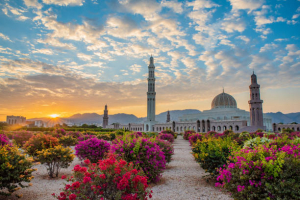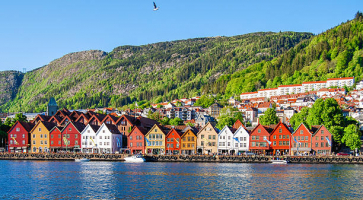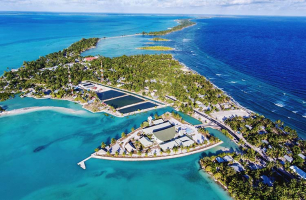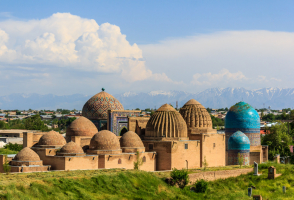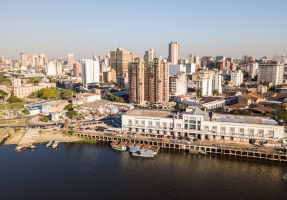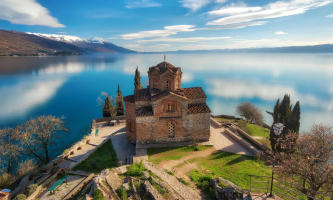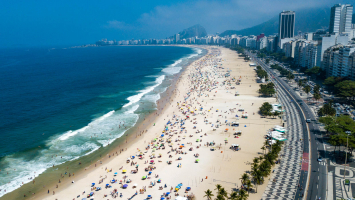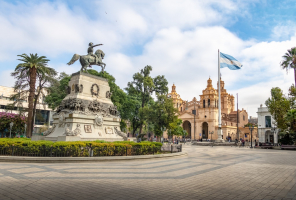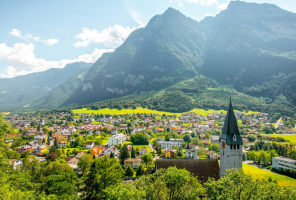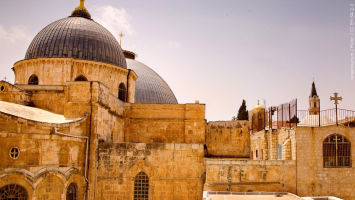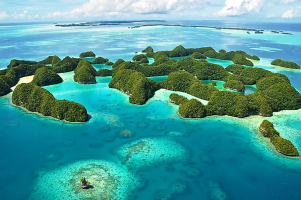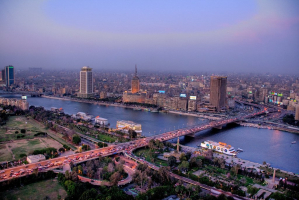Top 10 Reasons to Visit Oman
When people announce that they are going on a vacation, Oman doesn’t often come to mind, and that’s because the country has hidden gems that most people don’t ... read more...know about. From its great people to its natural beauty and surrounding peace, here are the top 10 reasons to visit Oman at least one time in your life.
-
Traditional food in Oman is highly diversified, which is one of the reasons to visit Oman. Those who like to try new foods should visit Salalah's souks, where camel meat kebabs (meshkak) reign supreme. The meal is a must-try when served with Omani rice and bread and seasoned with local spices.
If meshkak doesn't seem appealing, how about corn in a cup? Most markets will have a vendor (or six) selling Styrofoam cups of corn, but don't be misled; this isn't the trimmed cob it appears to be. These cups are as flavorful as anything else on the table, thanks to the addition of butter, lime juice, salt, and hot red pepper. If you can get your hands on some shuwa (which is commonly created for special occasions), you should utilize it. Meat will be marinated in Omani spices, wrapped in banana or palm leaves, and baked for one or two days in an underground sand oven.
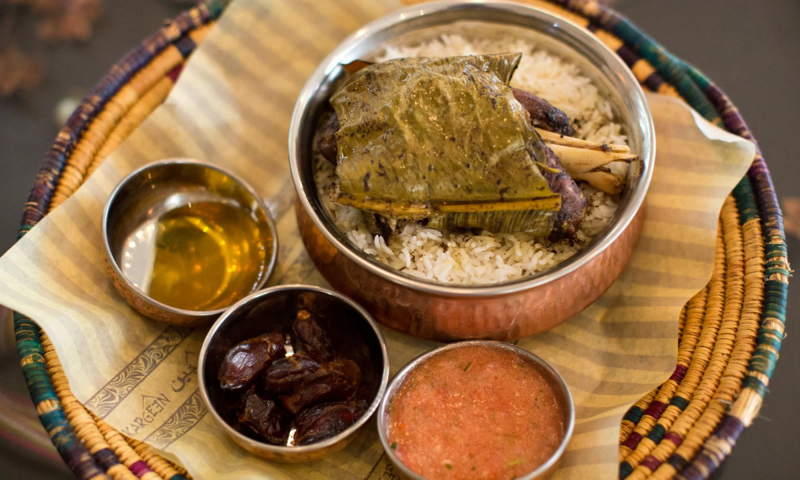
nytimes.com 
nytimes.com -
When traveling to another country, you are often interested in the attitude of the people of that country, right? Rest assured because in Oman the people are very friendly and you will have a good feeling when you come here. Omani people are known all over the world for their kind demeanor. They are proud of their culture and really pleased to see tourists experience it – if you ever need instructions or assistance, don't be afraid to ask locals; they will gladly assist. In Omani culture, hospitality is highly valued. Don't be surprised if you get an invitation to someone's house for coffee and treats.
On the other hand, Omanis are very respectful, and you will almost never find them being pushy or crossing personal limits. Staring at people is not prevalent in Oman, and strangers will not approach you unless you desire to initiate a discussion. The Omani government is likewise enthusiastic about foreign tourism and has lately simplified the procedure of getting visas and permits for the country. You may now apply for an Omani visa online in minutes from the convenience of your own home or workplace.

britannica.com 
britannica.com -
Even inexperienced tourists can easily visit Oman. This is because the government works hard to keep the country livable, safe, and clean for its inhabitants and visitors. The Sultanate is one of the most secure countries in the area. The political environment is stable and peaceful, the economy is thriving, and there is virtually no risk of terrorism (Oman is the only country in the Middle East and Gulf region with a "0" terrorism impact, according to the Institute of Economics and Peace).
Foreigners are unlikely to become victims of unlawful operations because crime rates are extremely low. Pickpocketing and robberies are a risk anywhere, especially on public transportation or in busy settings. Oman is also regarded as a safe destination for female solo travelers. Visitors will be astounded by the immaculate condition of Omani businesses, streets, and public places. The Sultanate's people are so proud of their country that they have made it one of the cleanest in the world.
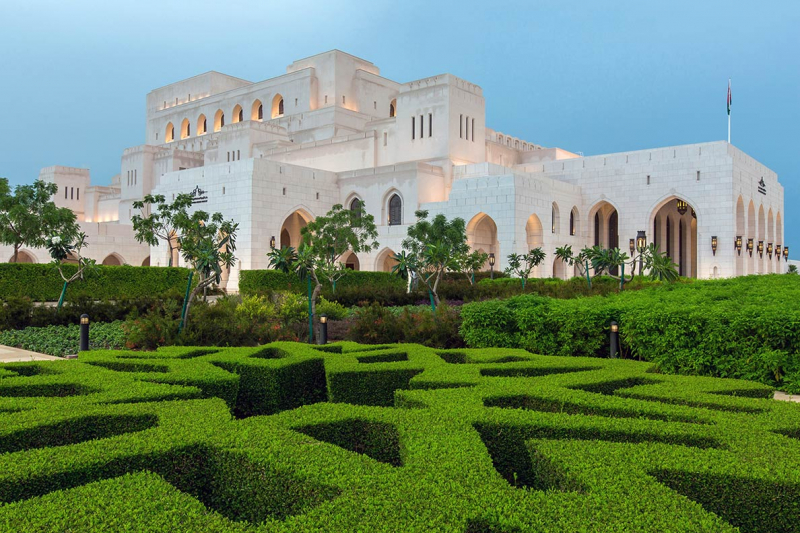
turismocero.com 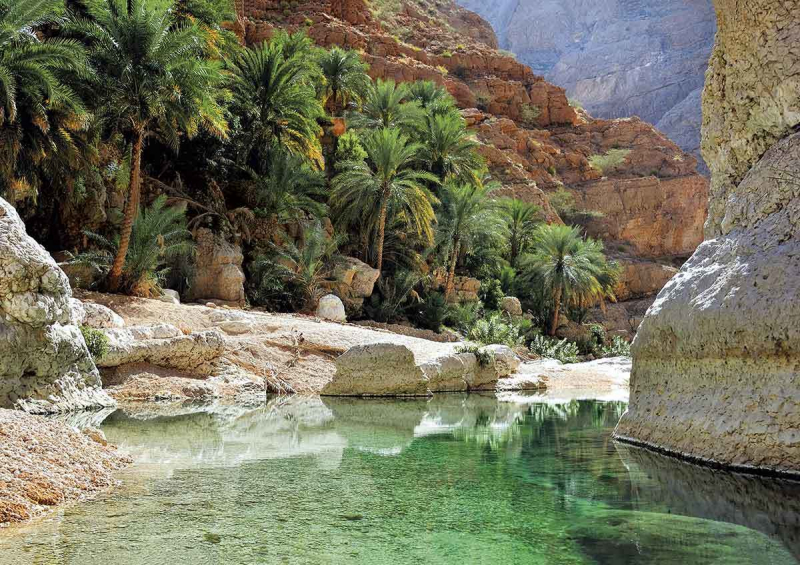
turismocero.com -
Those interested in history and culture will be in for a treat during their vacation in Oman. Over 500 castles and forts can be found dispersed across the country and concealed in the desert. The most well-known is Bahla Fort, a UNESCO World Heritage Site constructed in the 13th century.
The architectural landscape of Oman is just as varied as its nature. Visitors who have had enough of exploring fortifications can admire the Sultan Qaboos Grand Mosque, which features a 50-meters high central dome and a hand-weaved Persian carpet measuring 70 x 60 meters. The same architects who designed the Mosque are also behind the Royal Opera House and its exquisites arabesques. If you're the type of traveler who appreciates learning about the daily lives of the people in the country you're visiting, skip the metropolis and head to the remote mountain settlements in the north or the little fishing villages near Salalah.
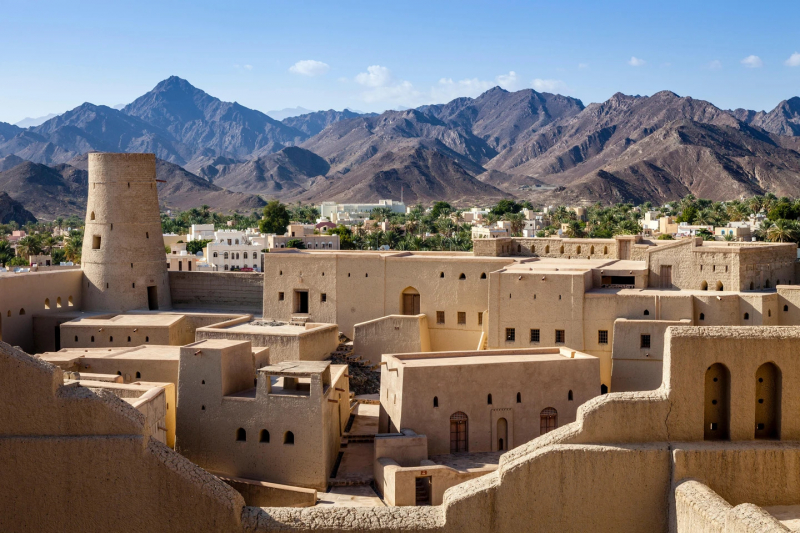
theculturetrip.com 
theculturetrip.com -
While Oman may appear basic, with no large houses, playgrounds, or massive structures, it is home to some of the most magnificent natural locations in the world. Mountains cover the entire landscape, carrying some amazing wadis and fascinating caverns. There are also hundreds of various palm trees that produce the famed dates of the country. Despite being primarily desert, the Sultanate of Oman is proud of its remarkably diverse flora and wildlife. Its government has vigorously conserved the country's beaches, caves, multicolored sands, steep canyons, and even turtle protections by establishing a variety of environmental reserves.
These stream beds, which are common in Middle Eastern geographies, frequently travel through deep gorges and valleys that are mostly dry and burnt. During the rainy season, water levels increase and nourish the surrounding terrain, frequently converging and forming lush microcosms of vegetation in the middle of the desert. Wadi Bani Khalid, a collection of lakes and date palms buried in a steep canyon in the country's west, is arguably the most popular wadi among locals. Because of its proximity to Muscat, the pools can get quite crowded on weekends (Fridays and Saturdays), as families flock to this literal oasis to cool off.
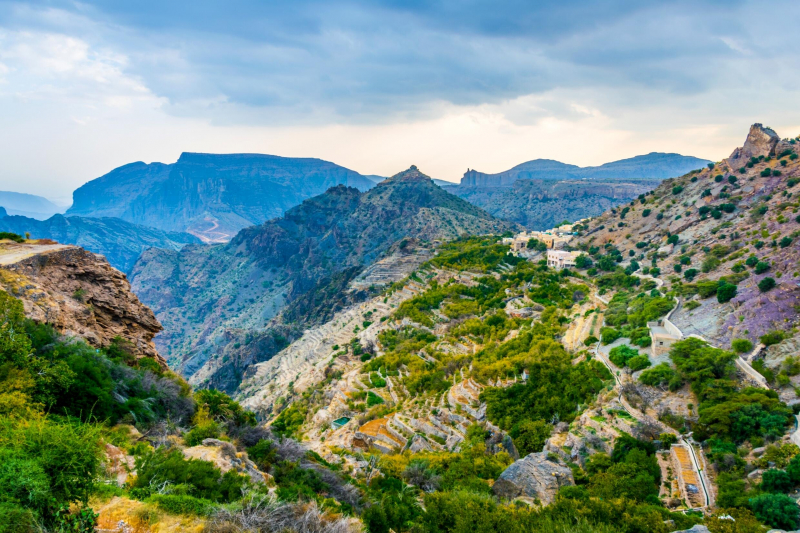
theculturetrip.com 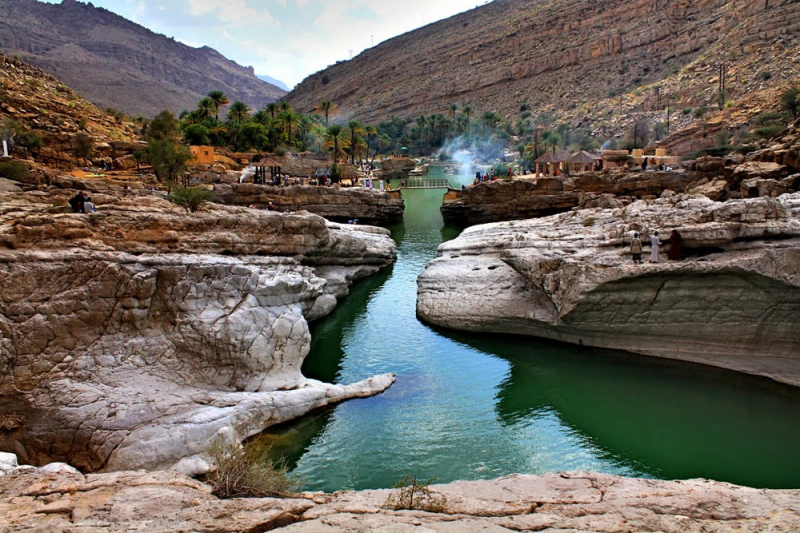
fodors.com -
You might think of Oman as just desert sands, but its northern terrain is dominated by the majestic Hajar mountain range, the largest of which is the famed Jebel Shams at little over 3,000 meters. With soaring birds of prey surfing on high-altitude thermals, acacias growing little, fragrant flowers in the stony hillside, and large, dramatic drops that will send your heart pounding, these mountains feature some of the Gulf's wildest environments.
Jebel Shams is around three to four hours' drive from Muscat, Oman's port capital and location to the Jumeirah Muscat Bay. The scenery is spectacular as the road winds over rocky mountain passes overlooking beautiful gorges and old hamlets. Visitors can either rush up for an immersed day excursion or, if feeling adventurous, pitch a tent and admire Oman's incredible starscapes from the cozy warmth of a burning campfire.
Have you ever imagined what Manhattan would have looked like in the early modern Middle East? Perhaps the partially-eroded, four-story mud and stone ruins of Al Hamra's high-rises would pique your interest. Al Hamra, located just south of Jebel Shams on the main road up the mountain, is a 400-year-old testament to the region's heritage that is well worth exploring. Despite being partially inhabited, many of its buildings are abandoned, lending an eerie if not fascinating atmosphere to the already surreal land of which it is a part.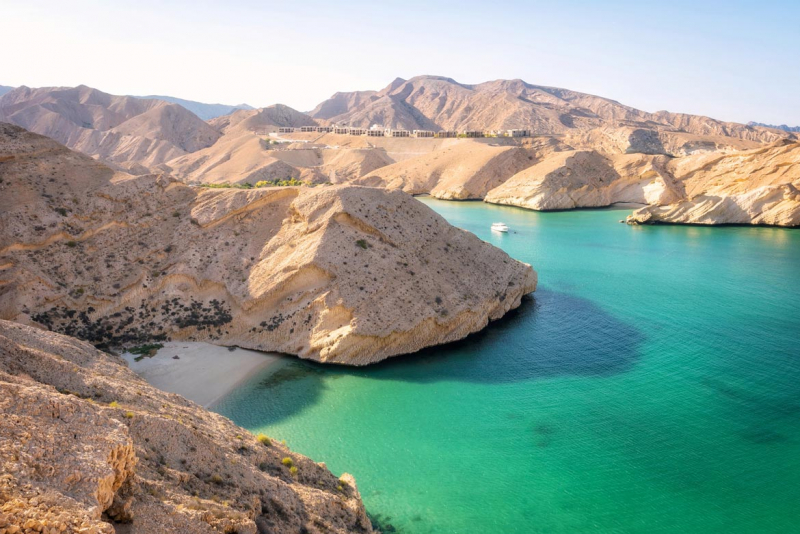
earthmagazine.org 
theculturetrip.com -
The marvelous smell of frankincense is one of the reasons to visit Oman. Frankincense, particularly Loban, was and still is considered a very valuable present in Oman. Indeed, the Sultans of Oman used to send beautifully painted boxes of frankincense to Egyptian queens, Roman kings, and other royals around the world. Aside from its wonderful aroma, it is said to have cured several diseases in the past due to its purifying power. Like emeralds set apart on a drab necklace, frankincense trees jam the wadis that branch off into the deserts north of Salalah in Oman's southern Dhofar area. Wadi Dawka, the most magnificent of these oasis, is part of Oman's UNESCO World Heritage-listed Land of Frankincense.
Oman is now permeated with frankincense. Every aspect of government buildings, including elevators, is scrutinized on a daily basis. At home, Omanis perform their courtly hospitality ceremonies—the smooth pouring of coffee, the exquisite presentation of dates and sweets—in a frankincense-scented atmosphere. In important public sites, large incense burners smolder: brazier-sized ones flank the entrance to the Sultan's palace outside Muscat. And truly massive incense burner sculptures can be found at metropolitan traffic circles, where they frequently serve as fountains.
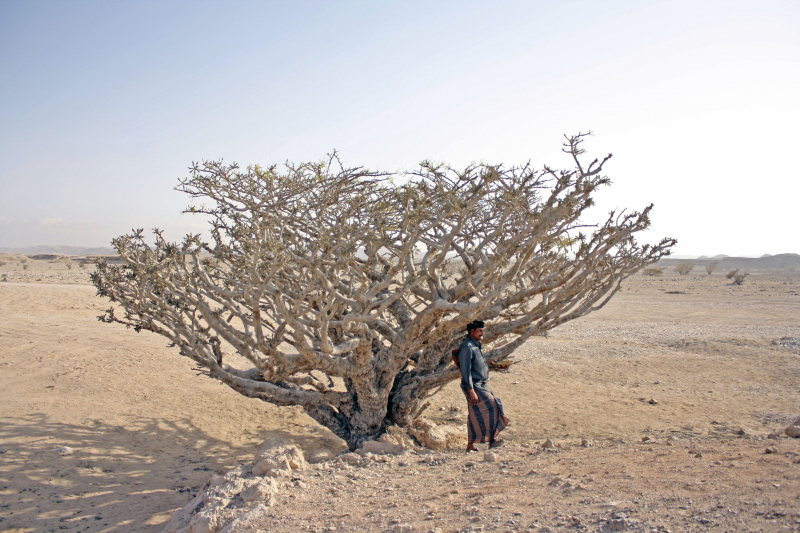
theglobeandmail.com 
theglobeandmail.com -
Oman's rugged mountain and desert landscapes provide immense potential for outdoor activities and adventure sports, which is slowly being fulfilled, despite the fact that the area is still in its infancy. Desert experiences - Oman's famed sand dunes are ideal for 4WDing, sand boarding, and photography. Many firms also provide desert expeditions as well as cultural tours to learn about the desert's indigenous peoples.
Water sports - Scuba divers and snorkelers love Oman's clean ocean waters, where they can see sea turtles, sharks, manta rays, and a variety of tropical fish. Dive schools can teach you how to dive and organize group dive experiences. Sailing, windsurfing, and boating are also popular recreational activities in Oman.
Game fishing - Many firms provide fishing expeditions, or you can lease a boat and go out to sea. Yellowfin tuna and grouper are popular catches. Camping - Sleeping under the stars in the desert, especially at a Bedouin camp, is an unforgettable experience. Hiking - Many expats enjoy hiking or trekking in the country's hilly locations. There are numerous well-maintained hiking trails throughout the country, particularly in the Western Hajar region. Hikers can discover swimming holes, boulders, gorges, and breathtaking mountain views.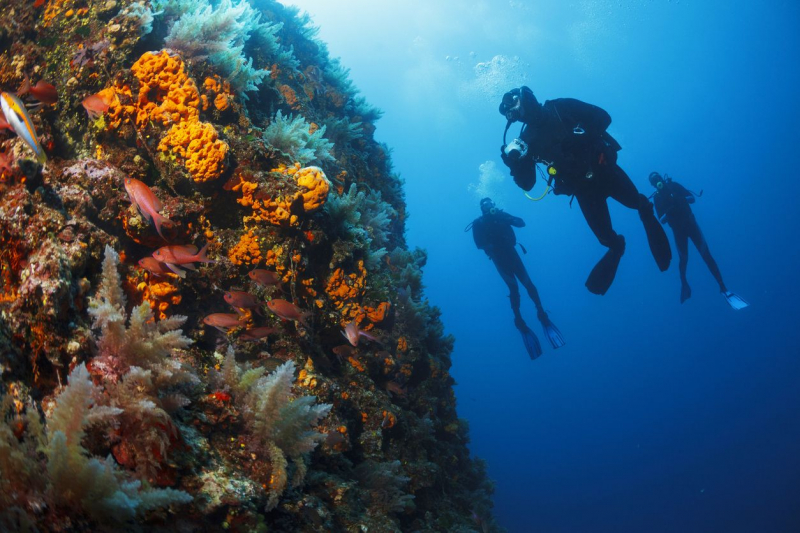
alamy.com 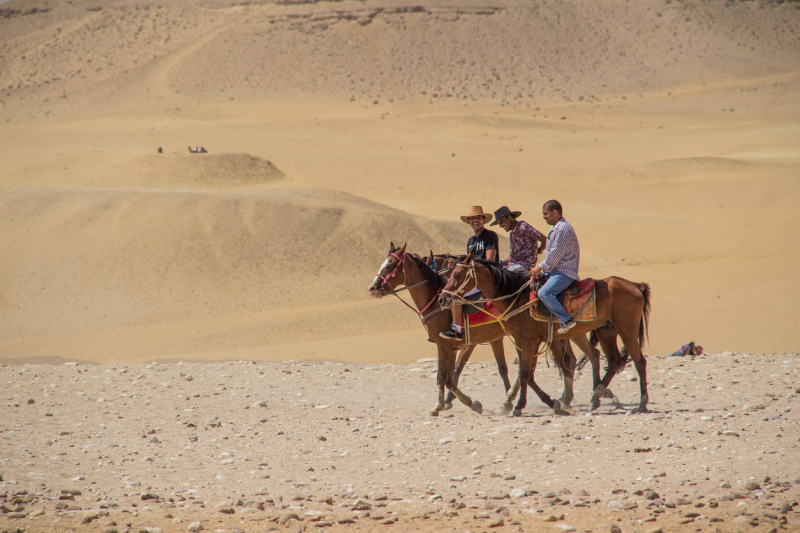
alamy.com -
The Sultanate of Oman has some of the nicest beaches in the world. The rich foliage, stone formations, sand varieties, and other elements combine to create an ambiance unlike any other. Natural structures that have withstood the test of time. The clean environment enhances an already lovely scene. Only a few places have the true ability to draw people; in this day and age of less time and more work, people frantically want an escape. The exhaustion towering over the head makes it difficult to keep track of time, which is why going to the beach works perfectly. It significantly reduces weariness and allows people to enjoy themselves.
Beachgoers will be spoilt for choice with the country's 3165-kilometer-long coastline. Popular beaches along coastal cities draw the most visitors, yet there are also numerous peaceful beaches. They are typically empty of tourists, so you may have the beach to yourself. Turtles can be seen laying eggs on beaches such as Yiti and Raz Al Jinz, and diving is excellent in Al-Sawadi and Kumzar. These beautiful beaches also provide snorkeling, kiteboarding, surfing, kayaking, and fishing. A trip to these beaches ensures a wonderful beach vacation.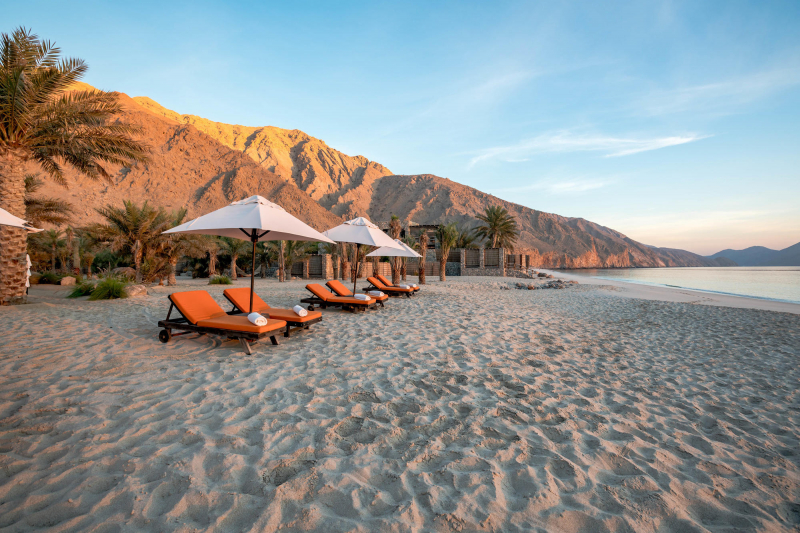
theculturetrip.com 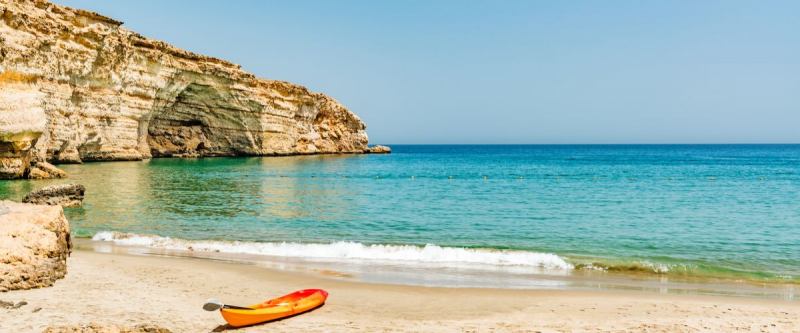
oyster.com -
No trip to Oman would be complete without a tour into the immense Arabian Desert, where you may learn about old customs that are on the verge of extinction as Bedouin people gradually abandon their nomadic lifestyle. This desert encompasses much of the Arabian Peninsula, including roughly two-thirds of Oman, and is tantalizingly close to the city, Muscat. In this hard, sun-baked landscape, compassion, courage, and honor are not simply desirable personal traits; they are also necessary for survival. It's no surprise that the Arabian Desert is steeped in myth and legend: it's wildly evocative, captivatingly beautiful, and always holds the promise of adventure.
Touring a wadi is another must-do on any desert vacation in Oman; these valleys can be bone dry, suitable for exploring by 4x4, or they can be full with water. Swimming in an emerald green natural pool surrounded by tumbling waterfalls, tunnels, and terraces of date and pomegranate trees is an unforgettable experience. Some, like Wadi Bani Khalid, are so well-known that they even have lifeguards.
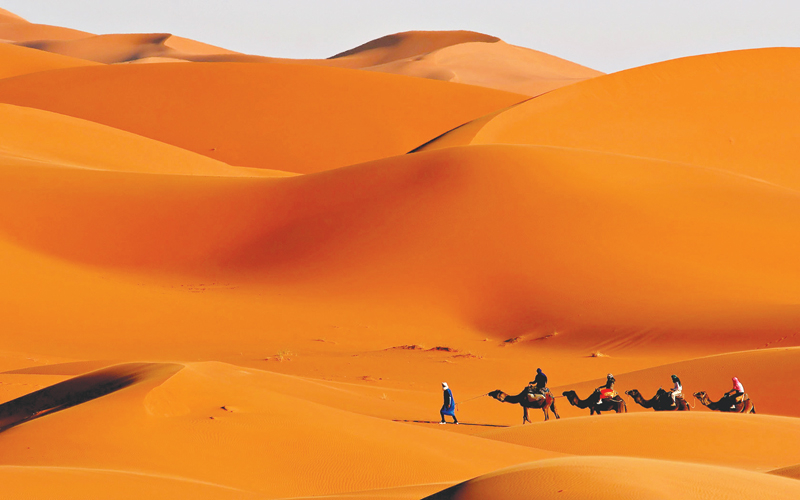
viator.com 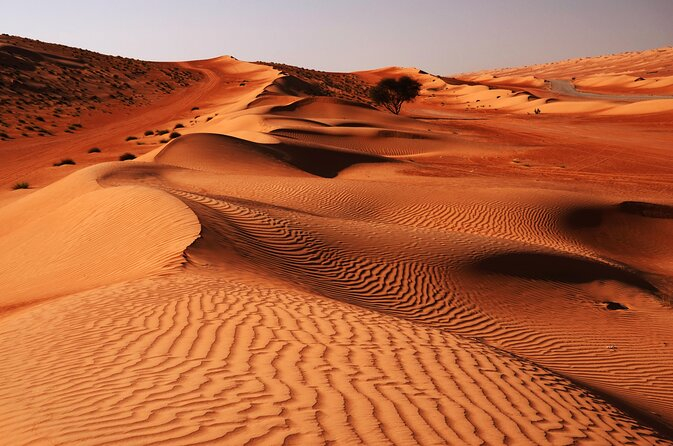
omanobserver.om












